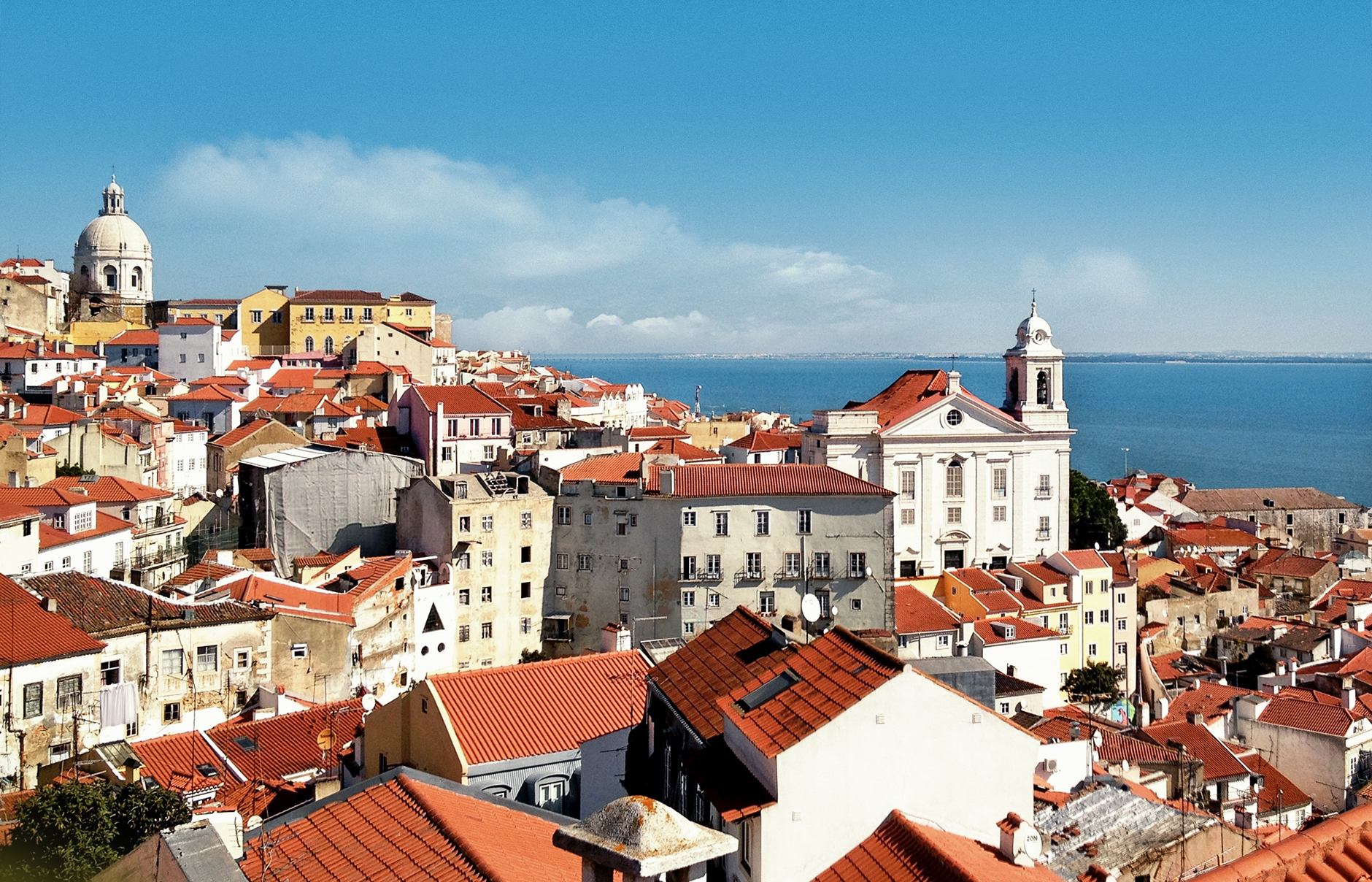

Exploring the best of Europe’s most scenic capital may include visiting museums, churches as well as the castle—sights regularly mentioned in popular guides. Here is our take at the “top 5” in Lisbon.
Wondering where to stay in the city? Check our list of The Hottest Hotels in Lisbon — our top Luxury Picks.
*This post contains affiliate links from which we may earn a commission, at no extra cost to you.
All photos in this post are by Laskowski & Zadros. © TravelPlusStyle.com.
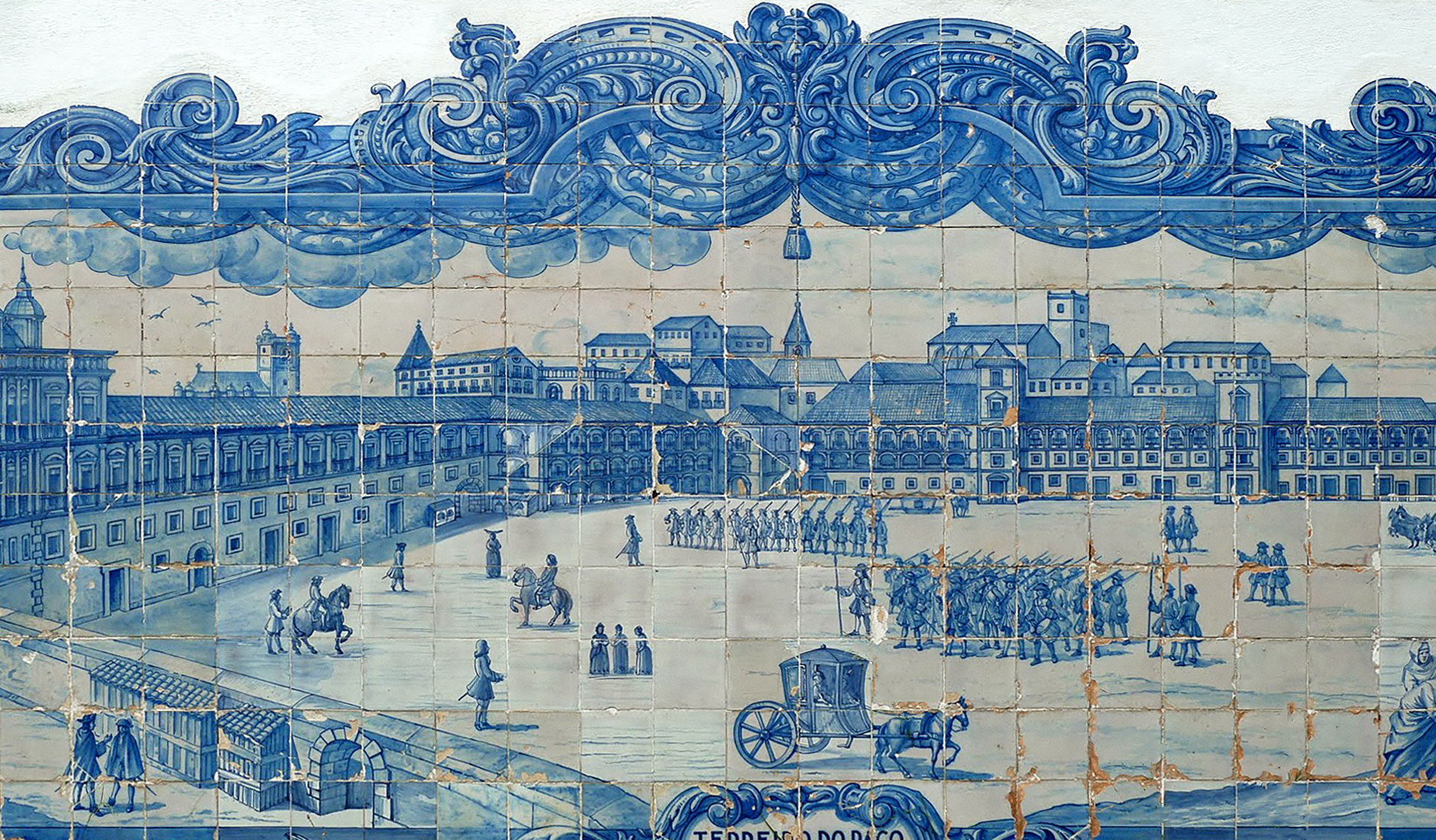
When exploring the narrow alleyways of the old city, it’s hard not to notice the colors that make Lisbon unlike any other city. Hundreds upon hundreds of buildings are encrusted in attractive patterns, images and drawings: the azulejos—Lisbon’s famous ceramic tiles.
In the past the tiles were used as a way of controlling the heat in houses, but also as a decoration, standing as a local reminder of the artistic influence from North Africa. The azulejos tradition dates back to the long history of the Moorish occupation of Iberia.
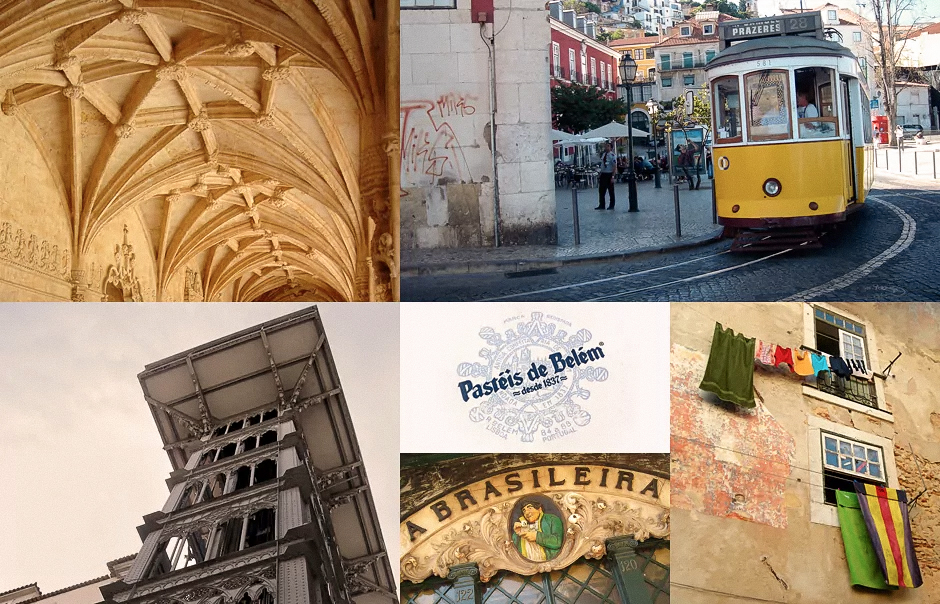
“Getting lost is the only place worth going to
—Tiziano Scarpa
The Old Town, or Alfama, use to be enclosed withing the original city walls and today it still feels like a village within a city. It’s the most lively and picturesque part of Lisbon—best explored on foot. With its medieval cobbled streets, beautiful churches, as well as old houses encased in yellow, pink and blue azulejos, and topped by the terracotta roofs, Alfama presents wonderful photography opportunities. Make sure to visit the 11th-century Moorish Castelo de Sao Jorge (St George Castle) that sits proudly on a hilltop in Alfama, and dominates the city’s skyline. Our pro tip: get a bit lost whilst navigating Alfama—it’s the best way to experience the old town.
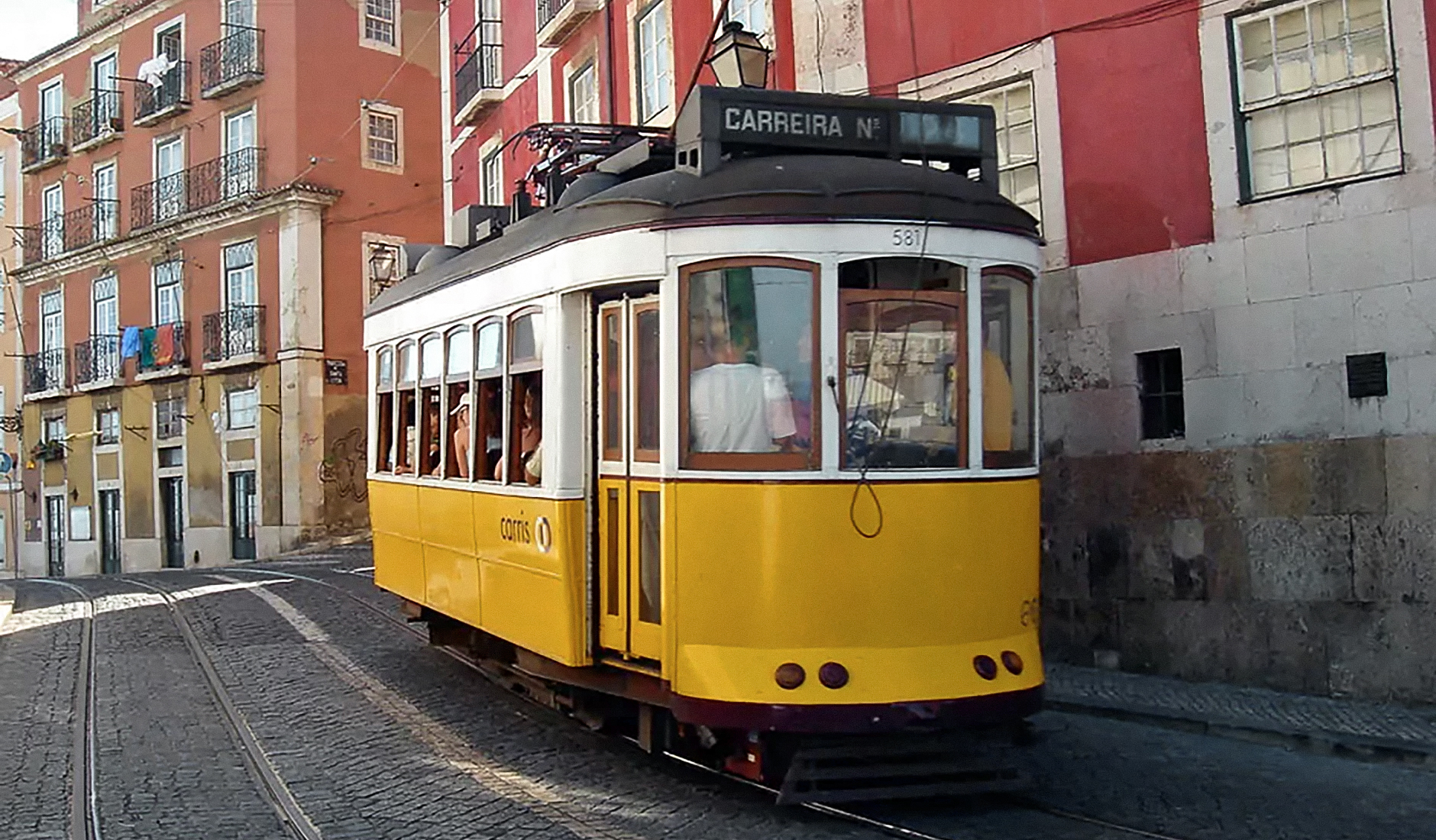
Rattling around the city day and night, the yellow vintage tram is one of our favourite things in Lisbon. There’s nothing like jumping on board and enjoying the route through the steep, narrow streets. It’s one of the best ways of exploring Lisbon’s most interesting sights—and the cheapest: the tickets are under €3 (best purchased from a kiosk rather than on board).
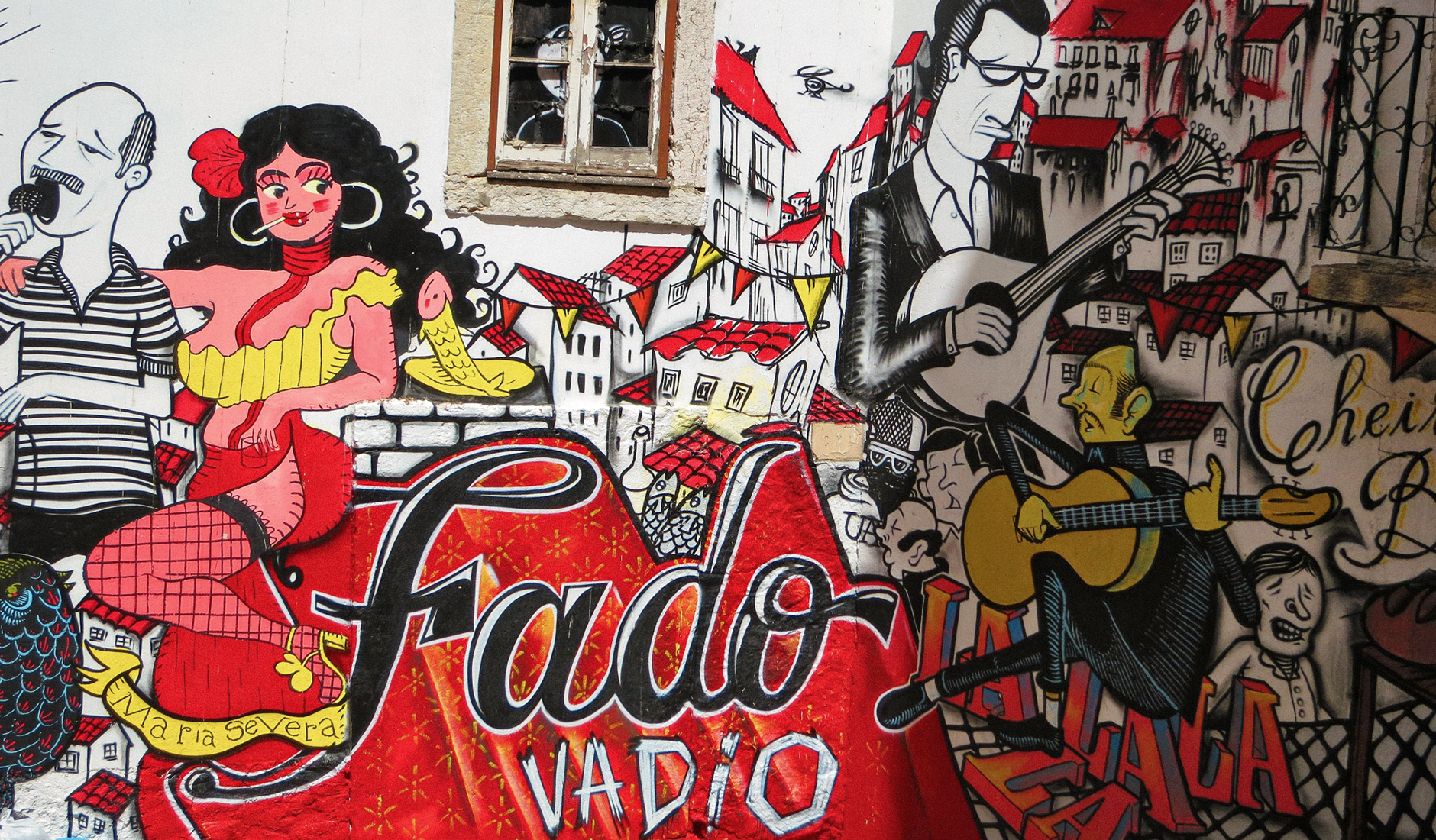
Fado is the national music of Portugal, in a wistful and nostalgic style retelling stories of doomed love affairs, suffering and melancholy. Developed in Lisbon during the 19th century, this unique style is a tradition that is very much alive in the the contemporary popular culture. It’s easy to find a live performance: the intimate fado clubs and bars are located throughout the city. Seeing a live performance is an essential experience in Lisbon.

Where to stay in Lisbon? Check out our unique collection!
This is where the UNESCO World Heritage site Torre de Belém is located. This ornate watchtower was built in the early 1500s to guard the harbour’s entrance. It’s a must-see, according to every guide—and we agree. It stands as a symbol of the Age of Discovery—and of Lisbon; if we have to pick one.
But Belém is more than its Tower. The cloisters of the magnificent Jeronimos Monastery (Mosteiro dos Jeronimos), are considered amongst the most beautiful in the world. The adjoining church is the resting place of explorer Vasco da Gama.
Finally, Pasteis de Belém is the place to go to for the delicious, famous local custard tarts. Make sure to have at least two!
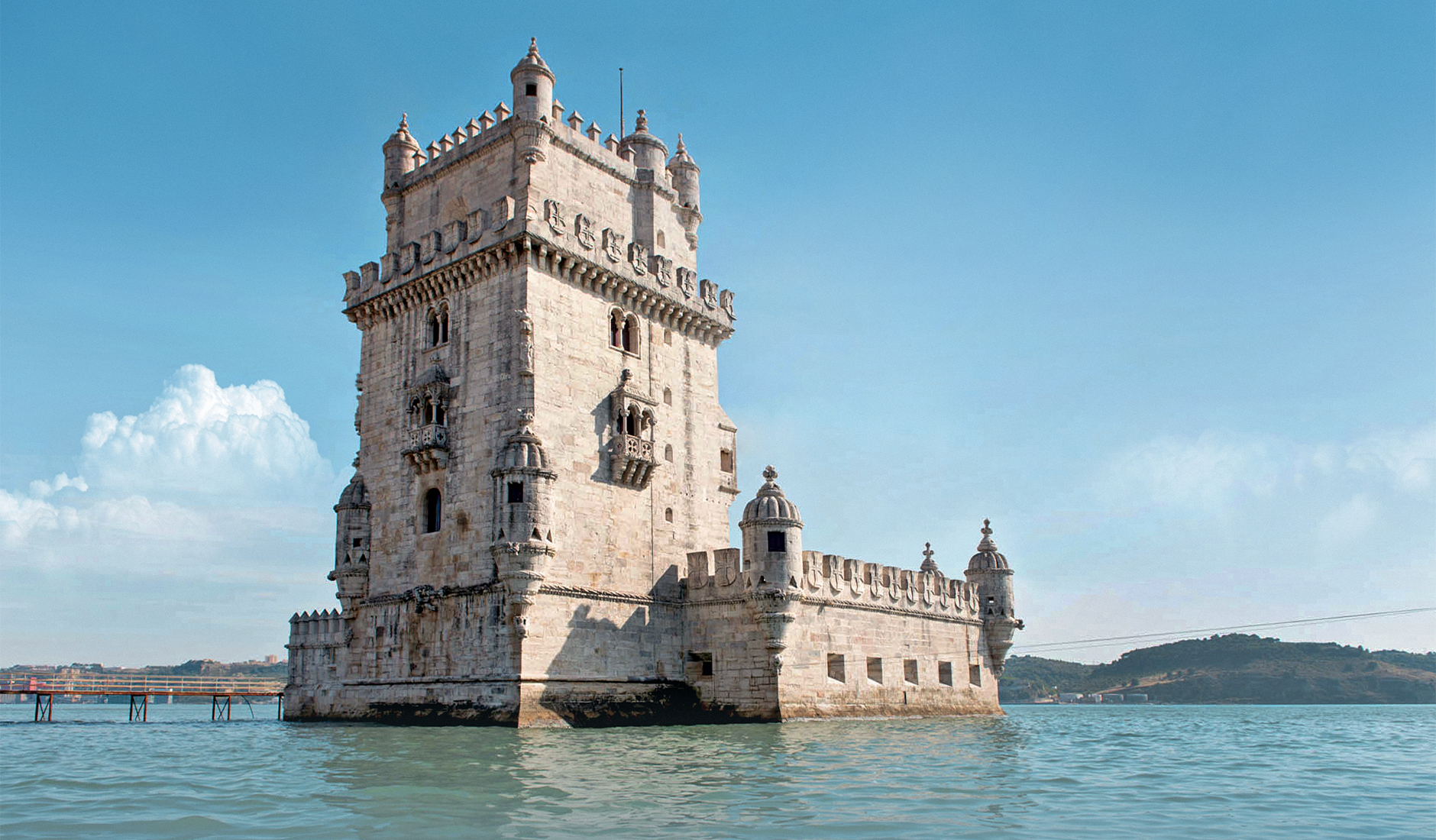
Getting there: The flight-comparison sites such as Skyscanner (www.skyscanner.com) or Kayak (www.kayak.com) will help you find the best flights and deals.
Disclosure: We may earn commissions for purchases made through links in this post.
Author: Travel+Style. Last updated: 19/03/2024

Where to stay in Lisbon? Check out our unique collection!